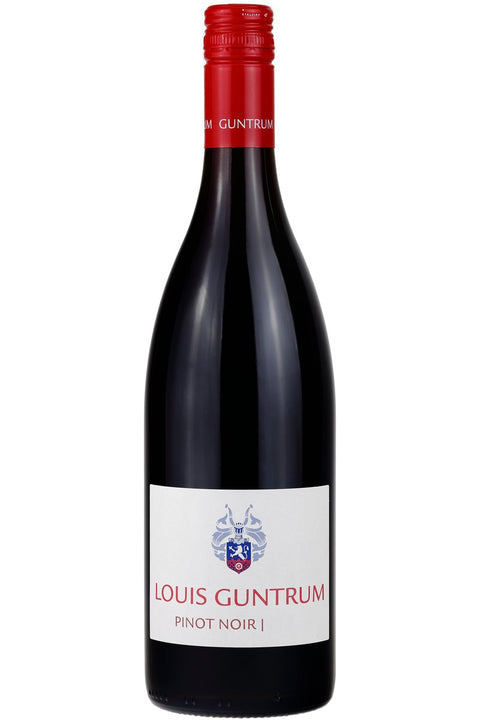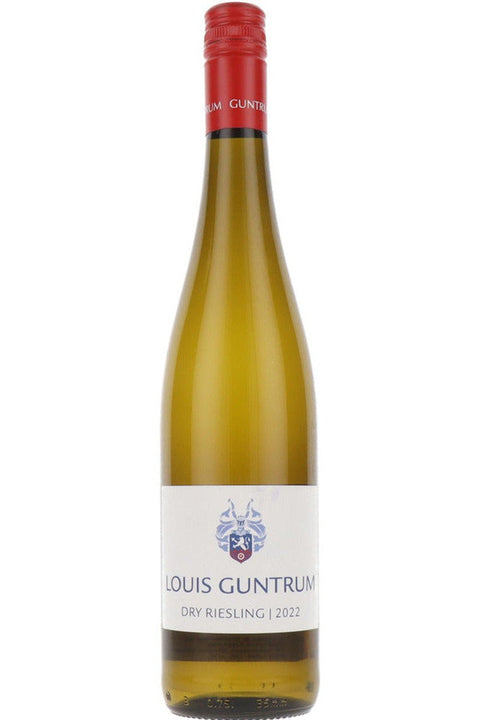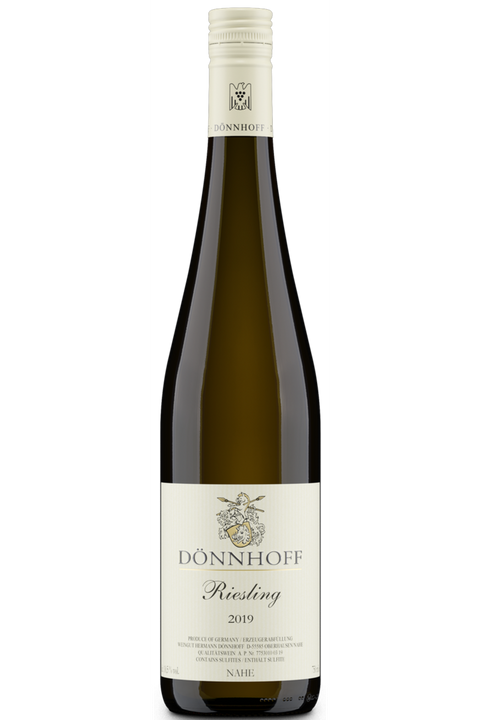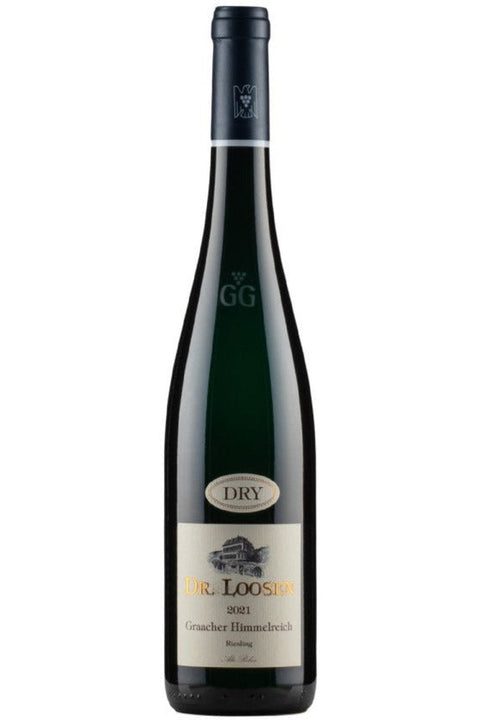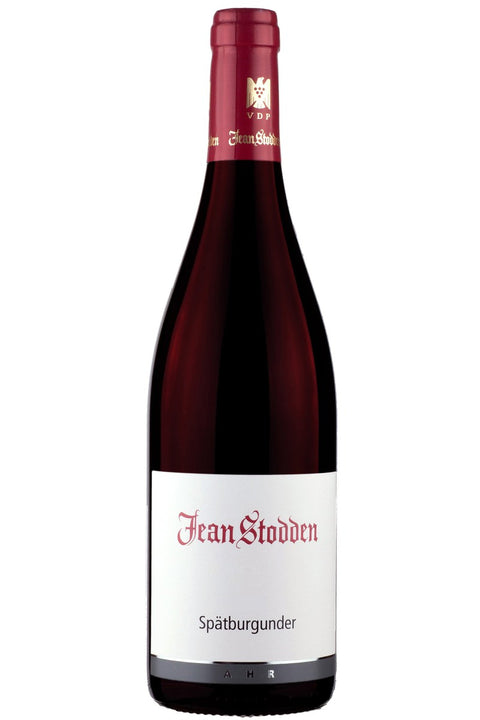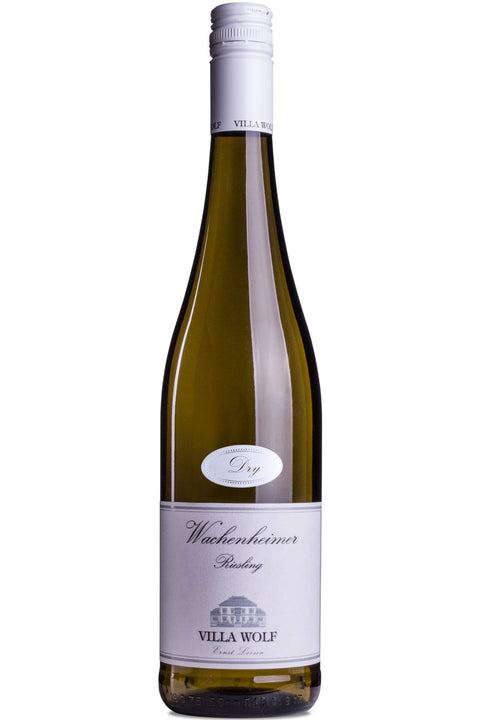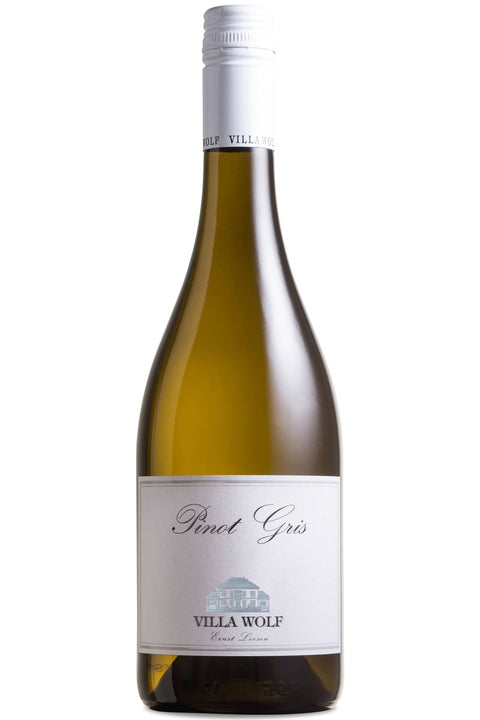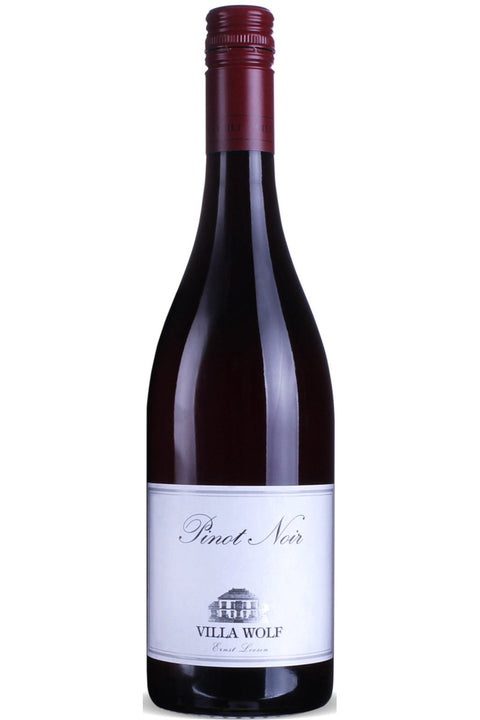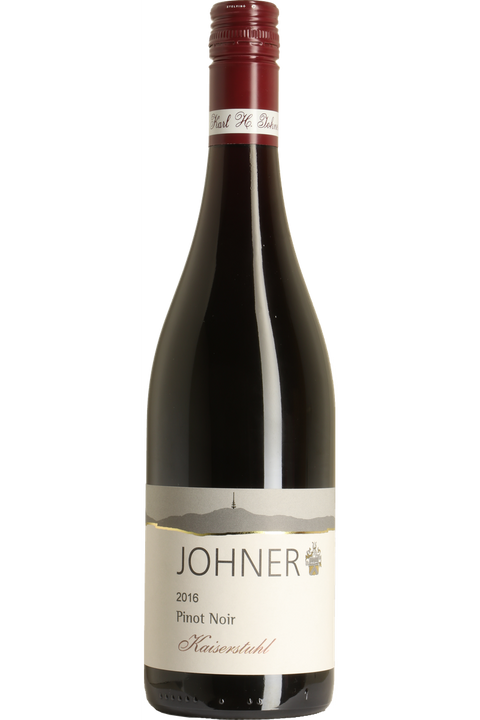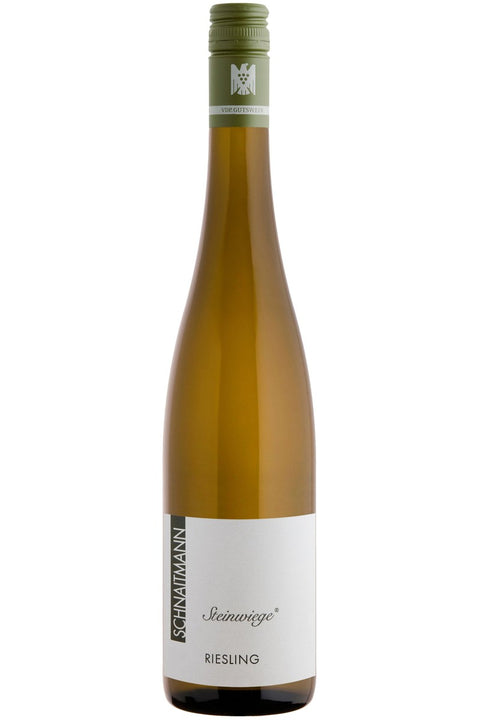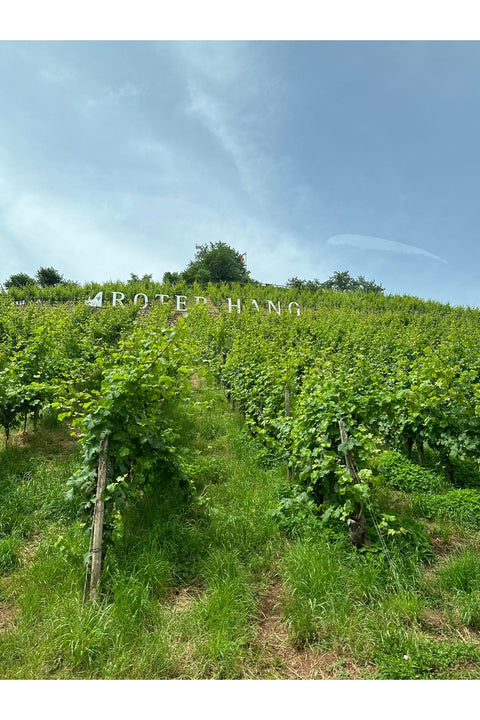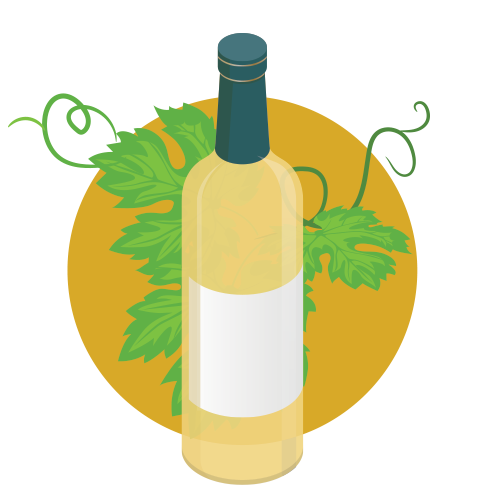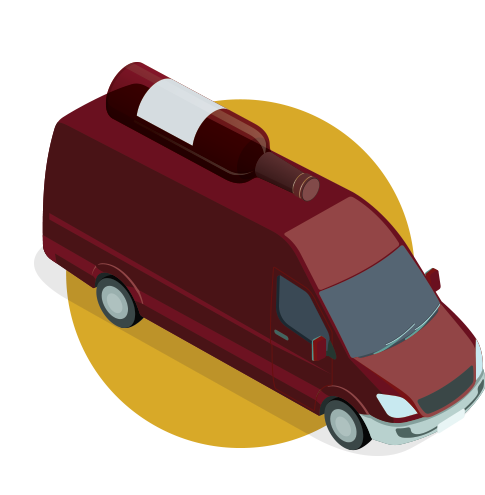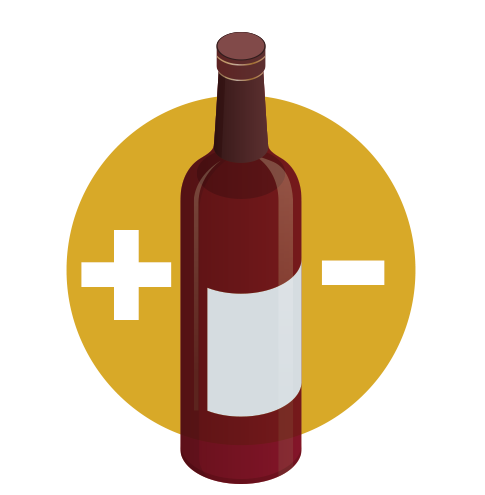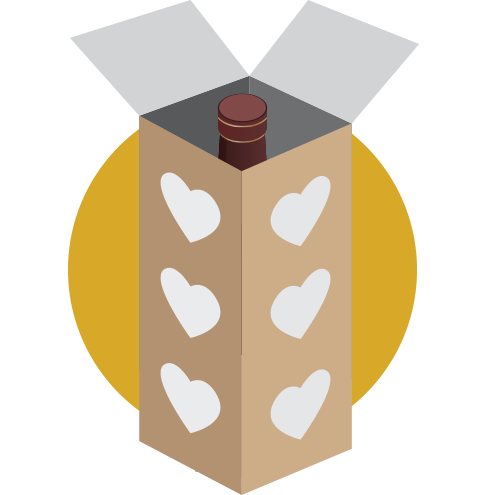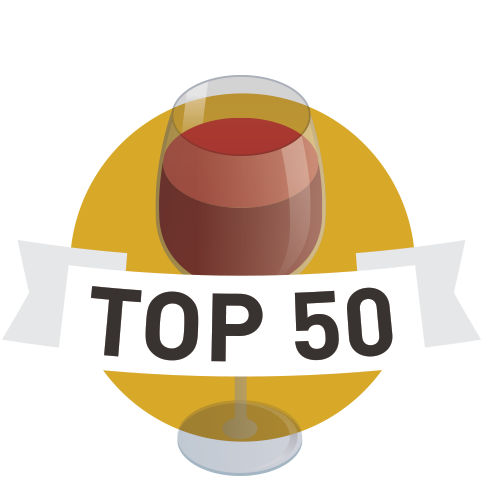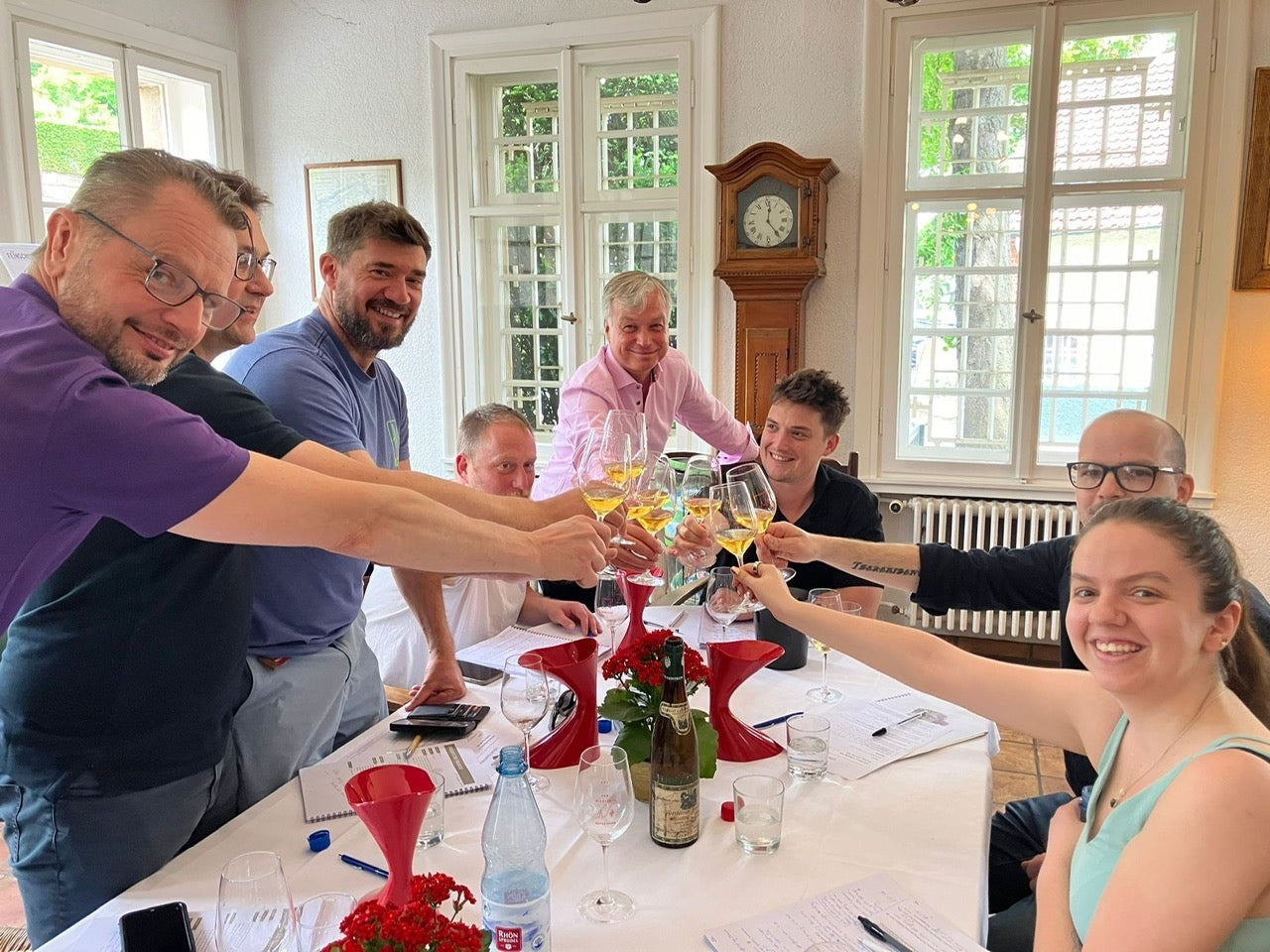
Masters of Riesling | June 2024
Dafydd Morris
An invitation to go on a trip called the Masters of Riesling is definitely not one to be sniffed at. Notorious in the trade as one of the best trips out there, a chance to visit nine producers from eight regions across the Southwest of Germany.
Having only been to the Rheinhessen before, six years ago, I was very keen to explore more of Germany’s wine making regions and of course taste some of their incredible wines. I knew these four days were going to be both educational, great fun and brutal at the same time. (I promise you it is hard work!)
Day 1
Having only been to the Rheinhessen before, six years ago, I was very keen to explore more of Germany’s wine making regions and of course taste some of their incredible wines. I knew these four days were going to be both educational, great fun and brutal at the same time. (I promise you it is hard work!)
On that note, stepping off the plane and being welcomed by Rainer Schnaitmann with what we now call ‘bus wine’ was not the toughest start I’ve ever had to a wine trip! A beautiful glass of Sekt (German sparkling wine) on the short journey to the winery was a welcome I will never forget.
Rainer was a passionate man. One that gave up a career in architectural studies to continue a 600-year-old family tradition of growing grapes. Who now makes amazing Organic and Biodynamic wines in the Wurttemberg region, near Stuttgart. Specialising in Pinot Noir, Riesling and Lemberger.
After a quick tour of his cellar (complete with classical music playing at the barrels to create a harmonious environment) we tasted twelve of his wines. The Steinwiege Dry Riesling was stand out for me. So fresh with beautiful lemon acidity. Dangerously easy to drink!
Lunch was followed by the arrival of Karl Johner. Sadly time didn’t allow us to visit his winery in Baden so he very kindly came and met us at the Schnaitmann residence. A further ten wines were sampled and surprisingly not all of them from Germany. Karl has worked all over the world including England and New Zealand and we tasted two of his wines from the NZ estate. For me though, the German Spatburgunders (Pinot Noir) were the stars of the afternoon.
Leaving Stuttgart meant the first of many long drives in the minibus. A lot of which I spent in and out of consciousness. Not just wine induced, but mainly!
We were off to Franconia to meet with Fürst, another family run operation that had been making wine since 1638! Sixty percent of their production was red wine and my goodness me were their Pinot Noirs on another planet. One of my tasting notes for their Hundrück
Spätburgunder GG was just ‘pretty much perfect wine’ sadly at close to £200 a bottle it was just out of my budget. If you do want to experience this incredible wine though, please let me know and I will try my best to get some. They are all in very high demand.
Day 2
Having stayed in a charming hotel in Bürgstadt, Franconia it was now on to the Pfalz region to meet with Villa Wolf, part of the infamous Dr. Loosen stable. A stroll around the beautiful vineyards in the shadow of the Burgruine Wachtenburg Castle was a welcome one after another two hours in the fun bus.
Villa Wolf offer exceptional value for money in Germany and the wines we tasted were no exception. The Pinot Noir and Pinot Gris were the stand out wines of the “entry level” labels and I absolutely loved the Wachenheimer Riesling Dry which was from the “village” quality vineyards. The pure, fruit driven dry Riesling showed the classic stony character of the sandy loam soil in the village of Wachenheim. Delicious with oysters, sushi or even grilled fish.
After a delightful lunch in the sunshine, on the terrace, it was back on the bus for our visit to the world-famous Mosel region and the winery of Dr. Loosen. Greeted by dramatic scenery and the crazily steep slopes of the Mosel was an eye opener. How people work some of this land, let alone produce some of the finest wines in the World was unfathomable. To put it into perspective. In general terms, to manage a vineyard in Australia say, would be 30 hours of manpower per hectare. Somewhere like the Douro would be 100 hours whereas the Mosel can be up to 1000 hours of manpower per hectare!
Now, when you meet Ernst (Ernie) Loosen, no matter how prepared you think you are for this reputation that precedes him, it will still not do justice to how passionate, knowledgeable and insightful this man is. He has become one of the most iconic and influential winemakers in the world, and as a result he has a fair few tales to tell. His passion and charisma is infectious and to back it all up his wines were incredible.
An intense tasting of twenty wines ensued in the newly built cellar and what a treat it was. If we had space, there wouldn’t be much less than twenty of his wines on our shelves. However, with my sensible head on I have just gone for my favourite of the day so far. The Graacher Himmelreich Riesling Dry Grosses
Gewächs Alte Reben was just stunning. Perfumed, floral aromas, clean and crisp on the palate with beautifully balanced fruit, acidity and length. It isn’t cheap but what a stunning example of what Riesling can be.
Now I understand German wine labels can be confusing/baffling, so I think it’s a good place to try and explain, for example:
Dr. Loosen – The name of the winery
Graacher Himmelreich – The name of the single vineyard. (translates as The Kingdom of Heaven in Graach; which is a small village)
Grosses Gewächs or GG – The classification of the wine. Equal to the French Grand Cru. Best of the best. The other classifications are Ortswein (village wine) and Gutswein (estate wine).
Alte Reben – Old Vines. In this case, very old vines. Some over one hundred years old.
Riesling Dry – The grape variety and the level of residual sugar in the final wine.
One thing the label does not give up is the type of soil that the vines are planted on, and it became apparent in this tasting that there was a distinct difference between wines grown on Red slate and those grown on Blue slate.
Red slate always gave more of a spicy and richer flavour to the wine with amazing minerality whereas the blue slate was more floral and perfumed with a crisper element. So, if you like your Riesling spicy, look for wines grown on the Red Slate soils or if you prefer the more floral style then look to the Blue slate.
This epic tasting was followed by an even more epic dinner with Ernie in his house. The food was incredible, but the wine was the star of the show. And it wasn’t German!!
Ernie likes to play a game when he has wine loving guests, so he goes down to his cellar and pours out wine, blind, for us to dissect. New World or Old World? Is the first question. Which country? Once the first has been answered. What grape variety? and finally someone must take a shot at the vintage.
We were very lucky to try a Domaine Leflaive Batard Montrachet Grand Cru from 2004. A Mountford Estate Pinot Noir from New Zealand, 2001 and a Chateau Talbot St. Julien Grand Cru 1979!!! I have never tasted a wine from my birth year before so that was an absolute treat. As a group we did pretty well on the guessing front – it’s almost as if we knew what we were doing!
Day 3
The following morning, we were off to the Ahr Valley to meet with Alexander Stodden, winemaker and owner of the Jean Stodden Red Wine Estate.
Sadly, the Ahr Valley suffered devastating floods in 2021 with loss of life, destruction of property, vineyards, bridges and the railway line all resulting in a “state of emergency” for almost a year. The rebuilding process was still evident when we went on a walk through the vineyards. The cellar of Jean Stodden also suffered, with barrels being rescued wherever possible but all chalk traces of what they were had disappeared. As a result, they had to taste them all to try and ascertain the quality level and made three “flood” wines off the back of it.
As the name of the winery suggests, Jean Stodden specialises in producing only the finest Spatburgunder (Pinot Noir). I put a social media post out at the time of the tasting stating that some of the ten wines we tasted were some of the nicest Pinot Noir’s I have ever tasted in my life, and I include Burgundy in that!
We currently only stock the “entry” Pinot Noir – Jean Stodden Spatburgunder but some of the GG wines we tried we just incredible. As a look through my tasting notes now, I can see words like Amazing, Stunning, Elegant, Beautiful all underlined. One note even says, “Silenced the entire room!” That was the Jean Stodden Herrenberg Spätburgunder VDP Grosses Gewächs. If you want to try it, let me know and I will go begging to see if they will let me have any.
Next on the magical mystery tour was the Nahe Valley, one of Germany’s most beautiful river valleys. We were off to visit Dönnhoff. A much-lauded producer of Riesling and winner of the Feinschmeker Riesling Cup for the fourth time in six years. A competition for Dry Rieslings tasted blind by a panel of international judges.
We were met by Anna Dönnhoff. Wife of owner and winemaker Cornelius Dönnhoff, and possibly the most bonkers person I have ever met in my wine life! She was so much fun. An infectious passion for wine and the Nahe Valley. Even if she did keep telling us “You really have to want to come to Oberhausen, as it is so far away from anywhere else!” Whilst this is true, it is also one of the most diverse wine regions in the world. With over 300 different types of soil in the valley. It is also often referred to as the Tuscany of Germany as it gets warm from very early in the year.
The Dönnhoff family have been in the Nahe for over two hundred years and over that time they have purchased some of the best vineyard sites of the region. As a result, they produce some unbelievable Riesling. We were lucky enough to taste through twenty of them. Ranging from their Riesling Dry to the exotically sweet Niederhauser Hermannshohle Riesling Spätlese 1999 which was insane. Again, it would have been easy to buy a dozen or so wines from Dönnhoff but I plumped for Anna’s favourite.
The Donnhoff Riesling QbA with twenty grams of residual sugar was beautifully fruity. Light and refreshing with just a hint of sweetness that kept you coming back for more.
Dinner at the only restaurant in town followed, with Germany playing in the Euros in the background, and one too many gin and tonics as an aperitif meant it was straight to bed once we reached the hotel. We still had two wineries to go on our last day!
Day 4
Day four was a return to the only region I had previously visited. Time to visit two producers in the Rheinhessen region. Louis Guntrum and Gunderloch. The Rheinhessen is one of the largest regions covering the triangle of land between Mainz and Bingen in the north and Worms to the south. It is also one of Germany’s driest regions. It accounts for almost 30 percent of Germany’s wine production and as a result it can offer great value for money.
This was evident at Louis Guntrum straight off the bat. Waxing lyrical about wines that we are now selling for under £20 a bottle. Their Dry Riesling was as classic a dry Riesling as you can expect. Pure, citrus fruit with a touch of minerality and a clean, dry finish. An absolute bargain at £14.95 a bottle. The Pinot Noir was also excellent. Ripe strawberry, raspberry fruit on the nose. Well balanced red fruits on the palate with great acidity and spice. Both marked as excellent value for money and both now on the shelves!
Gunderloch had the somewhat unenviable task of being our last visit of the trip. They quickly turned that around by serving us the most delicious sausages for lunch!! Why had it taken us four days to have proper German sausages?
Thankfully the wines were also awesome. Their Estate Dry Riesling was fantastic but I really fell for the Gunderloch Jean Baptiste Riesling Kabinett. A wine to make you smile. Lemon and grapefruit on the nose. More citrus fruit on the palate with a lively, almost sherbety finish. At 9.5% alcohol and with 25 grams of residual sugar, this wine won’t be for everyone but if you are sat in the sun with a plate full of fresh salad and German sausages, you won’t find a better wine to see out the afternoon!
Sadly, the Rheinhessen marked the end of this incredible journey and it was back to Frankfurt airport to make or way back to several UK destinations.
A trip I will never forget. A massive thank you to Andrea who was our host for the week and to all the producers, drivers and fellow wine merchants that made this trip so special.
For more information on any of these wineries or wines, please do not hesitate to contact me on dafydd@cheerswinemerchants.co.uk





























